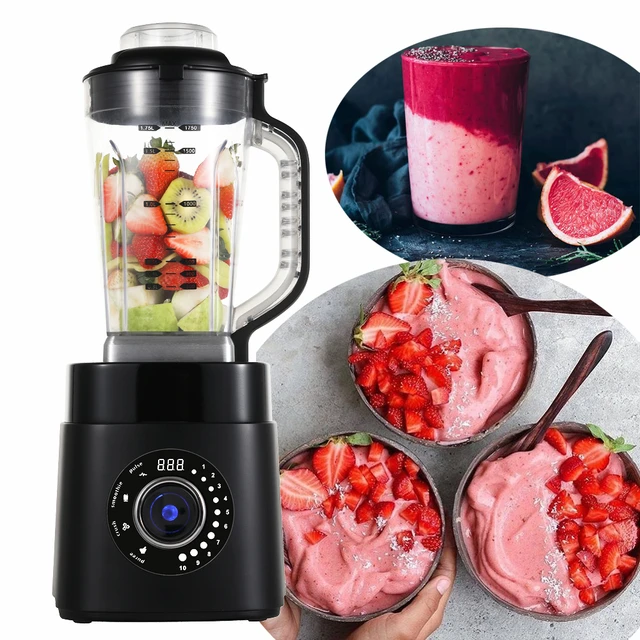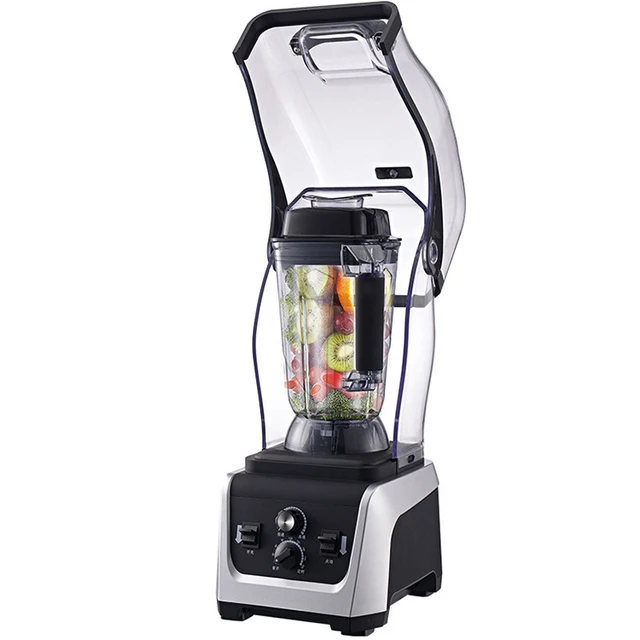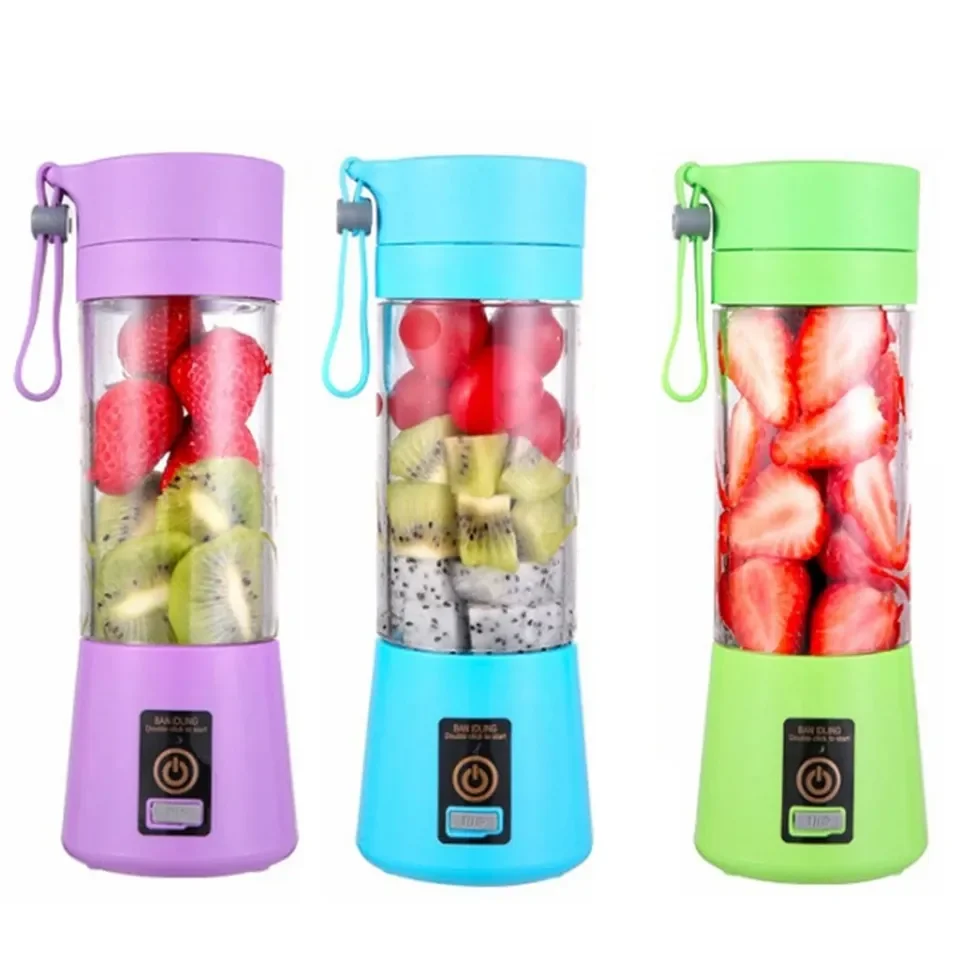
Introduction
When preparing to blend tomatoes using a blender, the decision to add water or not depends on several factors, including the desired consistency of the finished product, the specific recipe requirements, and personal preference. While tomatoes naturally contain a high water content, additional water may be added to adjust the texture and make blending easier. In this guide, we will explore the considerations for adding water when blending tomatoes with a blender, providing insights into when it may be necessary and when it can be optional. By considering these factors, you can achieve the desired consistency and optimize the blending process for delicious tomato-based creations.

Do you add water when blending tomatoes with blender?
Assessing Tomato Consistency
1.1. Tomato Moisture Content
Tomatoes are inherently juicy fruits with a high water content. Ripe tomatoes typically contain around 90% water, which contributes to their natural juiciness and helps facilitate the blending process.
1.2. Varietal Differences
Different tomato varieties can have varying moisture levels. Highly meaty or dense tomato varieties tend to have less water content, while juicier varieties like cherry tomatoes or beefsteak tomatoes contain more water. Consider the type of tomatoes being used when evaluating the need for additional water.
Importance of Correct Blending Texture
2.1. Achieving Smooth Consistency
The desired consistency for tomato-based preparations may vary depending on the recipe. Smooth soups, sauces, or beverages like tomato juice are typically blended until completely smooth, without any fibrous or chunky texture.
2.2. Countering Fibrous Texture
While blending can partly break down tomato fibers, some recipes may require a completely smooth texture. Adding water during blending helps to counter the fibrous texture, ensuring a smoother and more velvety final product.

Recipes and Water Additions
3.1. Gazpacho and Tomato Soups
Recipes like gazpacho or tomato-based soups often require a more liquid-like consistency. Adding water during blending can help achieve the desired texture, ensuring a well-balanced soup that is neither too thick nor too watery.
3.2. Tomato Sauces and Purees
When making tomato sauces or purees, the decision to add water depends on personal preference and the intended use. Some individuals prefer thicker sauces, while others prefer a lighter texture. Adding water allows for easy adjustment of the sauce’s thickness and consistency to personal taste.
3.3. Salsas and Dips
For tomato-based salsas and dips, water addition is generally not necessary. These recipes often require a chunkier texture, where the natural moisture from the tomatoes provides enough liquid content. However, in certain cases where the tomatoes are particularly dry or if you desire a more pourable consistency, a small amount of water can be added cautiously.
Assessing Blender Capacity
4.1. Blender Size and Capacity
The size and capacity of your blender should be taken into account when determining if water needs to be added. Blending larger quantities of tomatoes may require some liquid to facilitate smooth blending without overloading the blender.
4.2. Batch Size Considerations
Large blenders with high capacities are better equipped to handle larger batches of tomatoes without the need for additional water. Smaller blenders with limited capacity may require the addition of water to prevent overfilling or straining the blender motor.

Water Addition Tips
5.1. Gradual Water Addition
If you decide to add water, it is advisable to add it gradually during the blending process. Start with small increments, such as a quarter cup (60 ml) at a time, and reassess the consistency after each addition. This approach ensures that you do not dilute the flavors or over-liquidize the tomatoes unintentionally.
5.2. Consistency Monitoring
As you add water, periodically stop blending and check the consistency of the mixture. By doing so, you can adjust the water addition according to your desired texture. Remember that it is easier to add more water as needed than to correct an overly watery blend.
Alternative Liquid Options
6.1. Juice or Stock
In place of water, you can add other liquids like vegetable or chicken stock, or even tomato juice. These alternatives can enhance the flavor profile of the final product, adding depth and complexity to your tomato-based preparations.
6.2. Canned Tomato Juice or Tomato Paste
For recipes that already call for tomato juice or tomato paste, utilizing these ingredients in place of water provides additional richness and intensifies the tomato flavor. Adjust the quantity accordingly to maintain the desired consistency.

Importance of Tomato Selection
7.1. Ripe and Juicy Tomatoes
Using ripe and juicy tomatoes is key to achieving optimal texture without the need for excessive water additions. Choose tomatoes that are plump, firm, and fully ripened to ensure maximum juiciness and flavor.
7.2. Tomato Ripeness and Texture
Overly ripe tomatoes may become mushy and watery when blended, resulting in a thin consistency. Conversely, underripe or unripe tomatoes might not release enough moisture, requiring additional water to achieve a desirable texture.
Additional Tips for Blending Tomatoes
9.1. Overblending Precautions
When blending tomatoes, it’s important to avoid overblending, as this can lead to unfavorable results like a frothy texture or separating the juice. To prevent this, blend the tomatoes in short bursts or pulses, stopping occasionally to check the consistency and avoid overprocessing.
9.2. Temperature Considerations
For certain recipes, such as chilled tomato soups or gazpacho, it’s best to cool the tomatoes before blending. This helps maintain the desired temperature and ensures that the flavors are well-balanced. Alternatively, you can blend at room temperature and chill the mixture afterward.
9.3. Frozen Tomato Option
If you have an excess supply of fresh tomatoes or want to preserve them for future use, consider freezing them. Frozen tomatoes can be blended without the need for added water since they naturally release moisture during the blending process. Simply thaw the tomatoes before blending.
9.4. Experimentation with Ingredients
While water is often the go-to liquid for blending tomatoes, there is room for creativity. Depending on the recipe and personal taste preferences, you can explore using other liquids such as vinegar, wine, or various vegetable or fruit juices to add unique flavors to your tomato creations.
9.5. Adjusting Consistency After Blending
If you find that the consistency of your blended tomatoes is not to your liking, adjustments can still be made. If the mixture is too thick, simply add small amounts of water or other liquids and blend again until you achieve the desired consistency. Conversely, if the blend is too watery, you can reduce it by simmering gently over low heat to evaporate excess liquid.

Conclusion
The decision to add water when blending tomatoes with a blender depends on several factors, including the desired consistency, recipe requirements, and tomato moisture content. While tomatoes naturally contain high water content, adding water can help achieve a smoother texture and ensure optimal blending. Consider the specific recipe, blender capacity, and personal preference when determining whether or not to add water. Gradually add water, monitor consistency, and consider alternatives like juices or stocks to enhance flavor if desired. By carefully selecting ripe tomatoes and assessing the desired texture, you can achieve delicious tomato-based creations with the ideal consistency using your blender.